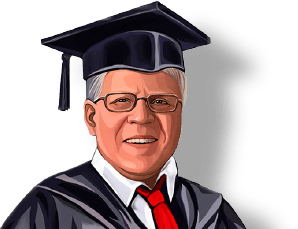
Seam Welding
Questions and Answers
Seam welding can involve large amount of power especially in a continuous seam weld. This generates a lot of heat which must be removed. The weld wheels are cooled through the hub that attaches them to the machine. Unfortunately this can be a long distance from the actual weld face. Just as in spot welding we need cooling near the face to help maintain the wheel integrity. In higher heat applications external water may be required. Water tubes are installed on both sides of the wheel top and bottom and cool water is spray on the wheel and weld area. This of course can be very messy but necessary for some applications.
Seam welds are a series of spot welds in a straight line. They can be overlapping or separated. Overlapped welds are used in fluid tight application and spaced welds in normal structural weld situations. A washing machine drum would be a water tight application. If the welds are separated the process is sometimes referred to as roll spot welding.
Seam welding will generally use the same alloys as spot welding. The higher conductivity lower strength workpieces will be welded using Class 2 and the stronger work pieces will use Class 3. As in the case of spot RWMA Class 2 is the most used product for seam welding. Most seam welding wheels are ideally cross forged to break up the original cast billet grain structure. There are two schools of thought on this forging. One is to forge blanks after being sliced from a cast billet. The other is to forge the cast billet then slice the blank. Both processes break up cast structure but to different degrees. The individual forged blank process will inherently cost more since you forge each blank individually. If you have a difficult heavy wheel wear application you might want to consider paying the extra dollars.
Some wheels are made by cutting ends off rod and others by cutting out of plate. Neither of these products would be expected to hold up in heavy duty applications.
Seam welding is very similar to spot welding. There is still an electrode but it is two opposing wheels rather than two pointed electrodes. Force and current is applied through the wheel just as in spot welding. The control timing and wheel speed determine the spacing of the spots. They can be made to overlap and be fluid tight or separated. If separated this is called a roll spot weld. Fluid tight applications could be dishwashers, washing machines, tin cans and metal drums.
Repeat or pulsing refers to repeating the weld and hold portion of a weld schedule. Normally there is a very short off period of one or two cycles with continued application of force between the two weld sequences. This gives you the ability to dissipate the heat energy a little further into the part away from the center of the weld nugget.
Page 11 of 15
Have a Question?
Do you have a question that is not covered in our knowledgebase? Do you have questions regarding the above article? Click here to ask the professor.
